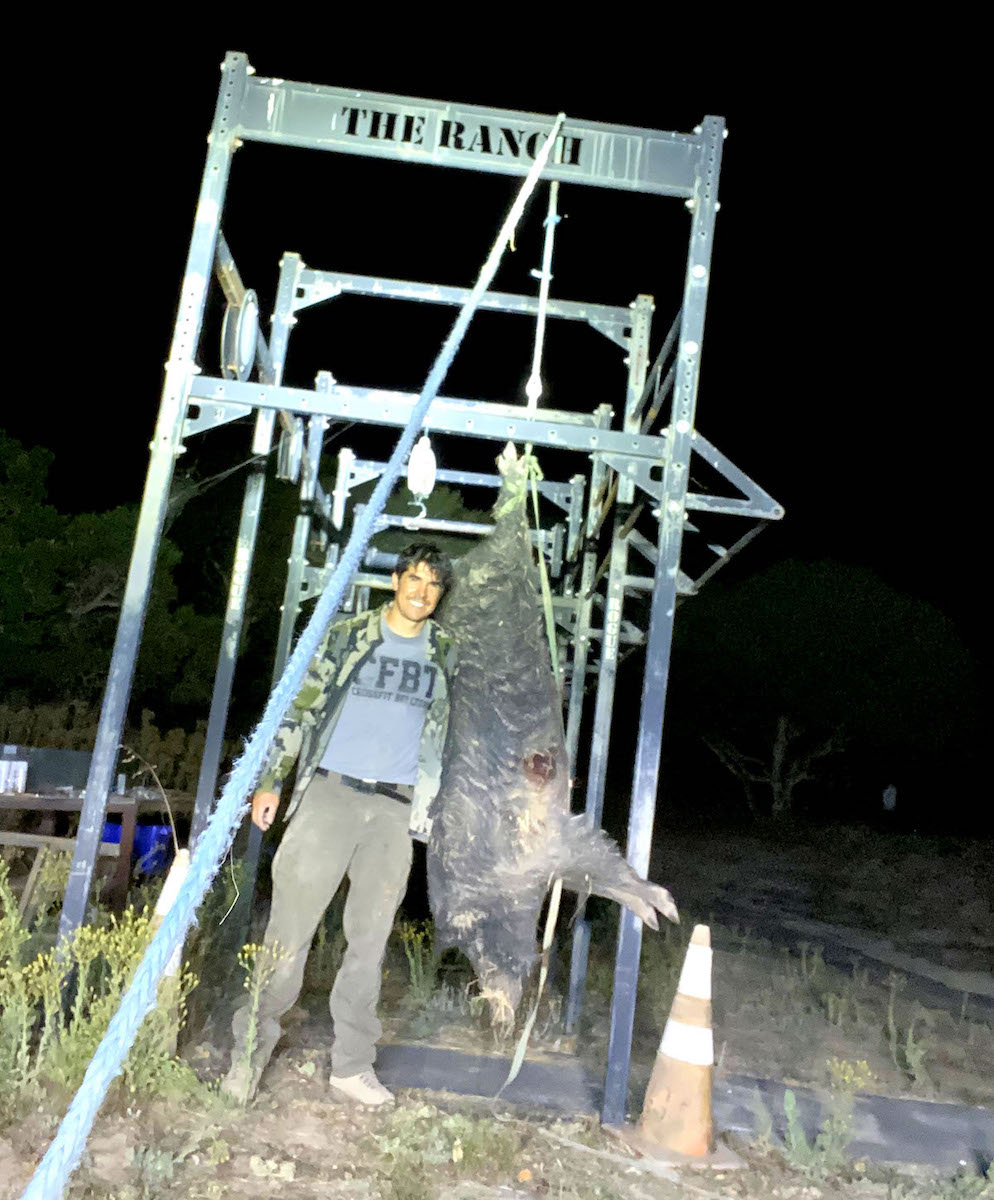“Atalanta. The final event for the 2020 CrossFit Games,” Director of Sport Dave Castro wrote in an Instagram post on Oct. 20, 2020. “Will be the most difficult final of any Games, if not the most difficult event, to date,” he added.
Suddenly, “Who is Atalanta?” was on the minds and in the Google search fields of legions of CrossFit fans around the world.
With the uptick in views on the Wikipedia page for Atalanta came the knowledge that she is a heroine from Greek mythology, her story scattered across various sources from antiquity, including Ovid and Apollodorus. In the image Castro shared, Atalanta stands with a furrowed brow and a massive bow, arrows in a quiver strapped to her back.
After boning up on their Greek myth, Castro’s followers began chiming in with their ideas about what the event will entail:
“Atalanta was left on a mountaintop to die,” wrote Adam Bass. “She would only marry someone who beat her in a foot race,” he continued. “So … there will be some type of workout at the top of the hill and then a race to the bottom.” Bass’ reference is to Book 10 of Ovid’s Metamorphoses, where Atalanta says, “I am not to be won till I be conquered first in speed. Contest the race with me. … death shall be the reward of those who lag behind" (Loeb edition, 104-5).
Another Instagram user noted Atalanta “was suckled by a she-bear” — not this she-bear — and speculated that the event will include 10 bear complexes.
Several pointed out that Atalanta earned her reputation as a famous huntress when she drew first blood while hunting the Calydonian boar, a gigantic tusked beast sent as punishment by the goddess Artemis to torment a king named Oenus. It’s a long story, full of twists and tragedy and nearly all involved — with the exception of Atalanta herself — die. Good thing there are no wild boars at the CrossFit Games. Oh, wait …
Need a closer look?

So why did Castro’s mention of Atalanta drive so many CrossFit fans to delve down a rabbit hole of obscure literary references from Greek myth?
Well, many probably recalled that classical literature offered clues about what the final event at the 2018 Games, Aeneas, would include. Taking its name from the eponymous hero of Virgil’s first-century (B.C.) epic poem The Aeneid, the event’s connections to its classical roots became clear on Day 5 of the 2018 Games.
Aeneas
For time:
5/4 pegboard ascents
40 thrusters, 85/55 lb.
33-ft. yoke carry, add weight
33-ft. yoke carry, add weight
33-ft. yoke carry
M 425-565-665-lb. yoke
F 345-405-445-lb. yoke
So what do pegboard ascents, thrusters, and yoke carries have to do with the hero of Virgil’s poem about the fall of Troy and founding of Rome?
Here are a few thoughts:
Aeneas sought to help his father, Anchises, escape Troy, which was under siege by the Greeks. His hope was to get his family away from danger by climbing the surrounding mountains. From there they could watch in safety as their city burned. In their climb, we may find a parallel to the pegboard ascents, but maybe that’s a stretch.

The yoke carries have a clearer connection to the story. When it became clear to Aeneas that his elderly father would not be able to escape fast enough on his own two feet, Aeneas made a choice: “So come, dear father, climb up onto my shoulders! I will carry you on my back. This labor of love will never wear me down,” he said (2.880-882, Robert Fagles' translation).
Aeneas bore his yoke from the burning city, and as was the case for the athletes, the weight became heavier: “And you, my father, carry our hearth-gods now, our fathers’ sacred vessels,” he tells Anchises, so to the initial burden, the weight of family tokens were added (2.892-3).
Aeneas’ story inspired an epic final event in 2018. What kind of epic struggle awaits the athletes tomorrow in Atalanta? Will they face a foot race? A bear complex? A boar hunt? Or perhaps a bacon eating contest, as proposed by John Wooley of Make Wods Great Again?
Tune in starting at 10 a.m. PT tomorrow to find out.
Cover photo: Jan Fyt and Pieter Thijs, Atalanta and Meleager Hunt the Calydonian Boar